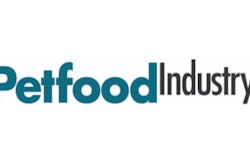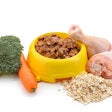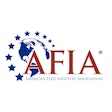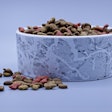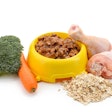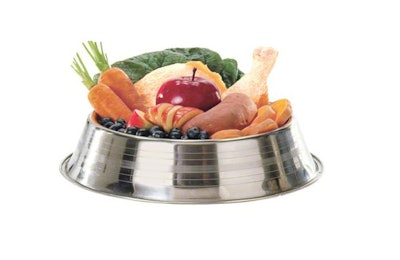
Nearly two decades since first proposing new regulations with respect to "generally recognized as safe" (GRAS) substances in food, in August 2016, the US Food and Drug Administration (FDA) at long last published its final rule on the matter. It was back in 1997 when the Center for Food Safety and Applied Nutrition (CFSAN), which regulates ingredients for use in food for human consumption, initiated a "pilot program" to discontinue the GRAS affirmation process and begin to review GRAS notifications.
This change, which in part shifts the party responsible for making the GRAS determination away from FDA and onto the manufacturer, was to relieve some of the burden on FDA resources and streamline the process. However, it was not until 2010 that the Center for Veterinary Medicine (CVM) started its own pilot program to review GRAS notifications for animal feed ingredients. During that gap, CVM stopped accepting GRAS affirmation petitions as well, even though the regulations to do so remained on the books.
Components of the final rule
The basic requirements for filing of a GRAS notice and how it compares to other means of obtaining regulatory acceptance of a new pet food ingredient has been previously discussed (see Petfood Industry magazine, December 2010). The final rule as it applies to animal feeds largely follows the principles that have been in place under the CVM pilot program, but with further clarification as to how FDA views the eligibility for GRAS status of an ingredient and the type, quality and quantity of data needed for it to be considered GRAS. It also provides more detail as to what is expected in the notification. Components of a notice that are required under the new rule (unless explained in the notice as to why that component is inapplicable) include:
- Part 1: Signed statements and certification
- Part 2: Identity, method of manufacture, specifications and physical or technical effect
- Part 3: Target animal and human exposures
- Part 4: Self-limiting levels of use
- Part 5: Experience based on common use in food before 1958
- Part 6: Narrative
- Part 7: List of supporting data and information in your GRAS notice
The regulations further explain what information is required in each part. They also describe how FDA handles the notification and what other actions may be prudent on the notifier's part.
One interesting aspect of the new regulations is that they are written using "plain language" techniques. There has been a concerted effort by the US government over the years to make its documents more approachable by the public, which includes writing shorter sentences, use of pronouns (e.g., "we" for FDA and "you" for the public) and avoiding jargon (see Petfood Industry magazine, November 2011). The resulting text tends to read more like an instruction manual than regulations. For example, section headers include, "How to send your GRAS notice to FDA" and "Steps you may take before FDA responds to your GRAS notice." Honestly, for those of us ingrained in old-school "regulatory-speak," this style of writing is a little distracting. However, if it makes the regulations any easier to understand by others, so much the better.
Hopes for the new regulations
It is hoped that the new regulations, with greater detail and clarifications in place, will provide those wishing to gain acceptance of new pet food ingredients a viable option with the GRAS notification process. Historically, that has not seemed to be the case. On the human food ingredient side, CFSAN has reviewed well over 600 notices, while CVM only lists 22 animal feed ingredients in its current inventory (granted, CFSAN has been at it for much longer). More concerning, though, is the comparative success rates between the Centers.
A couple of years ago, I calculated that approximately 80% of those notices filed with CFSAN gained tacit acceptance by FDA (i.e., received a "no questions" letter), while only about 20% of those filed with CVM had the same outcome. CVM had blamed the quality of the submissions for the high rate of negative findings. Today, the CVM "no questions" rate is notably higher (7 out of 18, or ~39%), so there's promise that with this additional guidance, more and more GRAS notices for pet food ingredients will be successful.
A complete copy of the Federal Register Notice announcing publication of the final rule, including the new text as it will appear in the Code of Federal Regulations, may be found at: https://goo.gl/V0IqQa. Comments on the new rule may be filed electronically on or before October 17, 2016, via the regulations.gov website. Comments need to reference FDA-1997-N-0020-0126.


